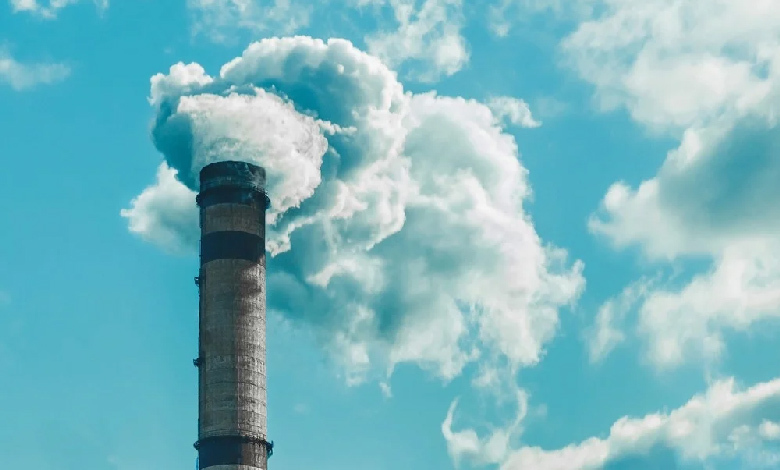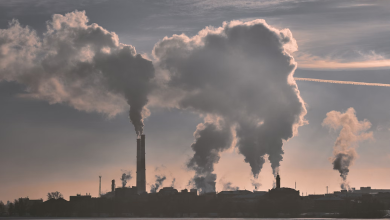Costs, Storage, Community Concerns: Carbon capture no silver bullet against climate change

Technologies that capture carbon dioxide emissions to keep them away from the atmosphere are all the rage lately. They are central to the climate strategies of numerous governments seeking to meet their international commitments to decarbonise by 2050.
But the innovative approaches are also expensive, unproven at scale and can be difficult to sell to a nervous public. In a November 23 report, the International Energy Agency (IEA) called the carbon capture approach “an illusion”.
The agency sparked an angry response from OPEC which considers the technologies a lifeline for future fossil fuel use, reported Reuters. Then, participants at the COP28 Summit held a few days later in Dubai, on November 30, acknowledged the need to transition away from fossil fuels.
Understanding carbon capture technologies better
The most common form of carbon capture technology involves capturing the gas from a point source, like an industrial smokestack. From there, the emissions are either stored underground permanently or used in another industrial purpose first – basically CCS or CCUS.
CCS – carbon capture and storage
CCUS – carbon capture, utilisation and storage
There are 42 operational commercial CCS and CCUS projects across the globe, holding a capacity to store 49 million metric tonnes of CO2 per year, as per the Global CCS Institute – just 0.13% of the 37 billion metric tons of annual energy and industry-related CO2 emissions.
Direct air capture (DAC) is another form of carbon capture. Roughly 130 DAC facilities are being planned globally, Reuters reported in November 2023, but just 27 have been commissioned – capturing only 10,000 metric tons of CO2 per year.
Costs and location: Obstacles to carbon capture at scale
CCS and DAC projects involve high costs, posing a stumbling block to the rapid deployment of carbon capture technologies. Furthermore, some CCS projects have also failed to prove the technology’s readiness, such as the US’s Petra Nova project that restarted in September.
Location also remains an issue. The best storage sites for carbon are in portions of North America, East Africa and the North Sea. That means transporting captured carbon to storage sites could need extensive pipeline networks or even shipping fleets.
Read More: Sustainable food systems could bring $10 trillion of benefits a year



